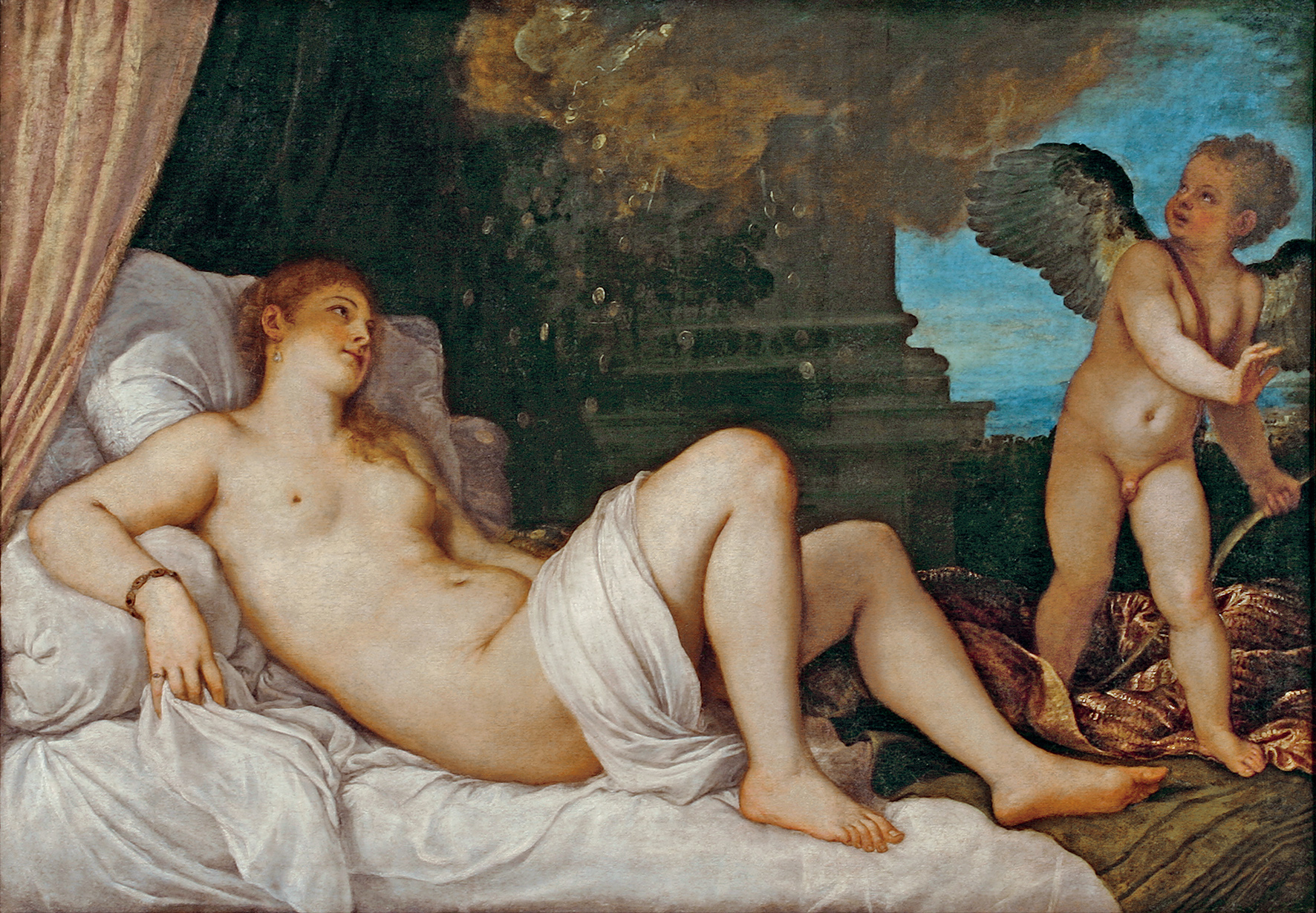Bold in color and expressive in texture, the works of Venetian painters have their own distinctive place within Renaissance art. Taking the lead was Titian (1488/90 -1576), who became official painter to the Venetian Republic, and whose fame spread across the Europe of his day.
The Tokyo Metropolitan Art Museum's current exhibition is, perhaps surprisingly, the first in Japan that centers around Titian and features his name in the title. Not so much an extensive overview of his work, "Titian and the Renaissance in Venice" thus provides a largely unfamiliar audience with a simple introduction to the artist and the rich artistic heritage of the city he is associated with.
Titian, also known as Tiziano Vecellio, was born in the Republic of Venice and was sent to the city as a boy to study art. He worked under Giovanni Bellini, who is represented in the exhibition by a couple of works, and was influenced by fellow student Giorgione. After Giorgione's death in 1510, Titian began to establish himself as an independent painter.



















With your current subscription plan you can comment on stories. However, before writing your first comment, please create a display name in the Profile section of your subscriber account page.